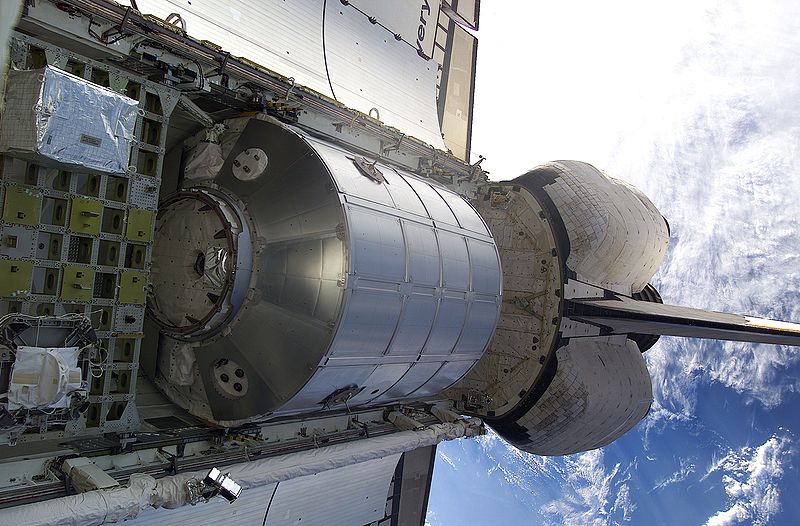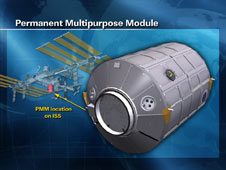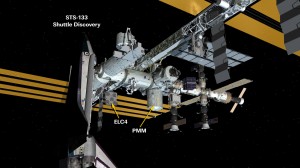Self storage in space: Discovery’s final voyage

Last month, on 24 February, NASA’s veteran space shuttle Discovery set off on its last voyage into outer-space, tasked with delivering vital components to the International Space Station (ISS). What form did these components take? Essentially a large self storage unit. And a robot.
Why do you need self storage in space?
It’s easy to understand why astronauts would want self storage down here on Earth.
As they work very far from home for long periods of time, they must need somewhere to keep their stuff while in orbit (although getting in touch with them for unpaid rent has probably given a few Florida self storage managers headaches).
What may be less obvious is why they’d need it up in space. However, astronauts live incredibly cramped lives onboard spacecraft, which are full to their bolts with components and pieces of equipment ‒ meaning they need all the extra space they can get.
Until Big Yellow decides it needs a branch on the space station, they have to send additional storage space up to the ISS in shuttles. As more and more astronauts and craft have been stationed there over recent years, this is a problem that’s grown considerably.
NASA’s Payload Manager for this mission, Scott Higginbotham, even went so far as to tell the website SPACE.com ‘We have a bit of a storage crisis on board.’ This has been compounded by the pending retirement of the NASA space shuttles due to government budget cuts, which means they are trying to stockpile as many supplies as possible on the ISS, as they may not be able to visit it again for some time.
What does self storage look like in space?
This is a design for the Permanent Multipurpose Module (PMM), as the storage unit is technically known.
It will sit underneath the main body of the ISS, which is currently orbiting over Australia.
Australia, of course, has one of the world’s largest self storage industries, so if it fell to Earth they could probably find a use for it!
How much self storage space does it hold?
The PMM would be a very large self storage unit if it were located on Earth, with a floor area of 555 sq ft when positioned vertically. However, it is actually even bigger than that, as it is 21 feet tall, and objects can easily be stored vertically in space because the lack of gravity makes it much simpler to reach them. Its walls are all lined with specially designed equipment racks to hold items in place.
Hiring that amount of space for a year in London would be very expensive indeed. A typical large self storage company would charge around £26 per square foot per year, meaning it could cost as much as £14,430 to keep these items in self storage for 12 months on Earth. However, given that NASA says on its website that a typical space shuttle costs around $1.7 billion, London self storage space actually feels like a surprisingly cheap option.
What do you put in self storage in space?
The PMM’s current resident is almost as interesting as the storage unit itself. Travelling inside it, deactivated until the shuttle reaches the ISS, is a robot named R2 (short for Robonaut 2, so sadly not a reference to ‘Star Wars’).
This is the first humanoid robot to be put on board the ISS. Designed to perform tasks alongside humans, R2 has sophisticated arms that mimic the dexterity of human ones, allowing it (NASA insists that R2 is neither male nor female) to use tools and perform a range of complex technological procedures. It is hoped that R2 will eventually be used for maintenance tasks on the ISS, where it will take up permanent residence while the human crews rotate around him.
R2 even has a rather fetching gold helmet and back-unit. This all goes to show that, even though there’s only one self storage unit in space, its contents are probably more interesting than those of nearly all the self storage units on Earth put together.
Picture source: NASA
One Response to “Self storage in space: Discovery’s final voyage”
Leave a Reply
Subscribe to This Blog
Get new blog posts sent to you by subscribing to RSS updates or to email updates.









Great post!
You’ve obviously got a lot of time on your hands!
Nice to read some light hearted fantasy.
Brilliant!!